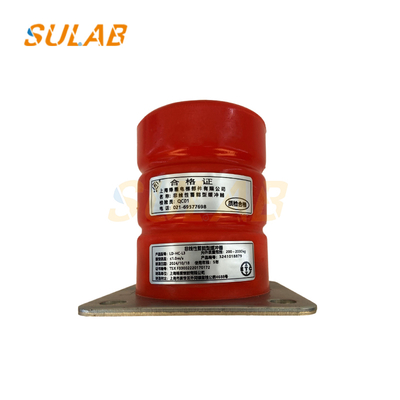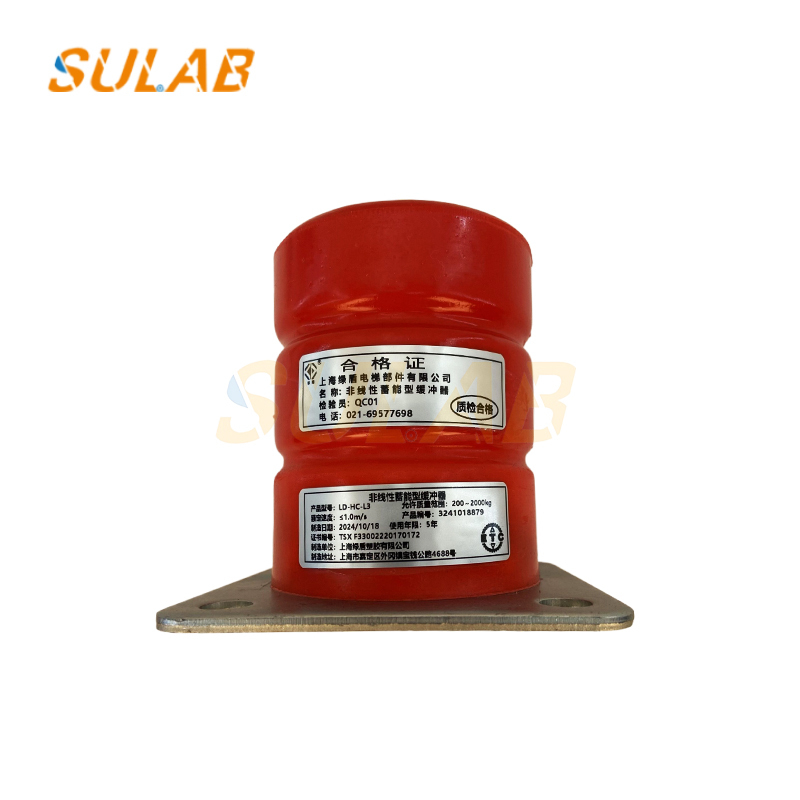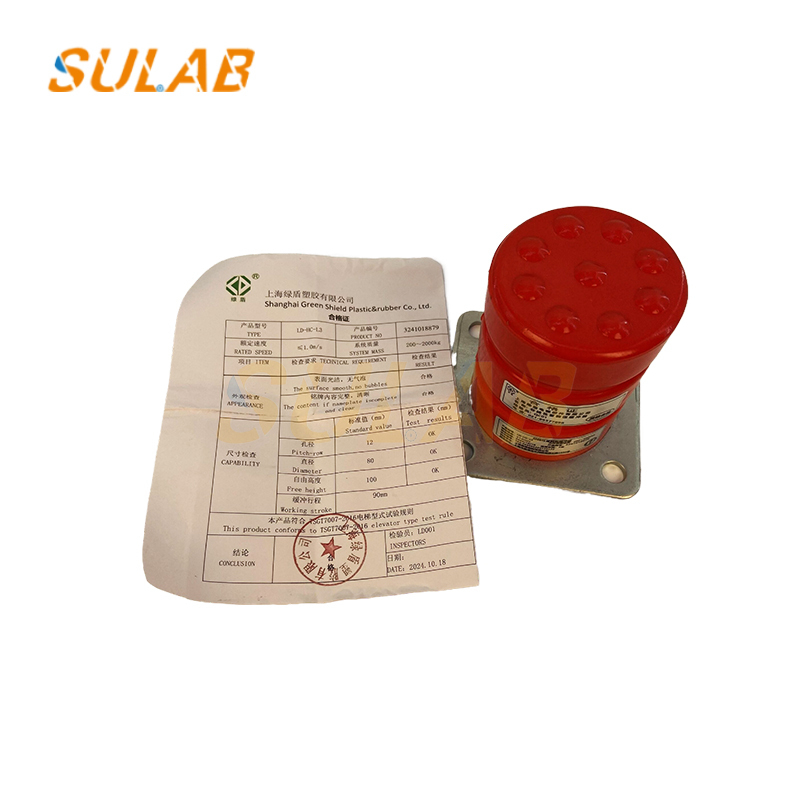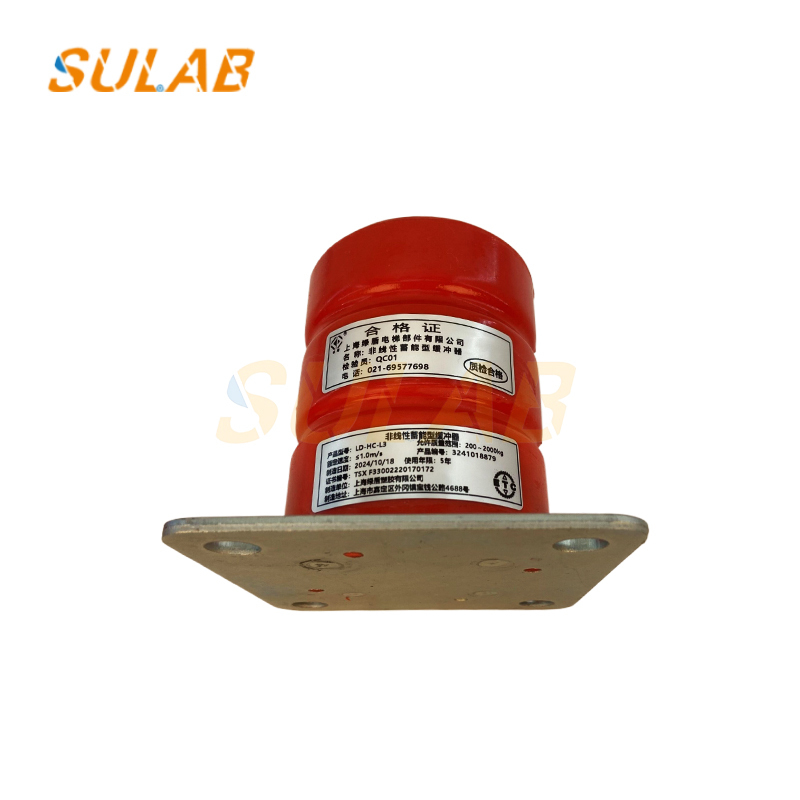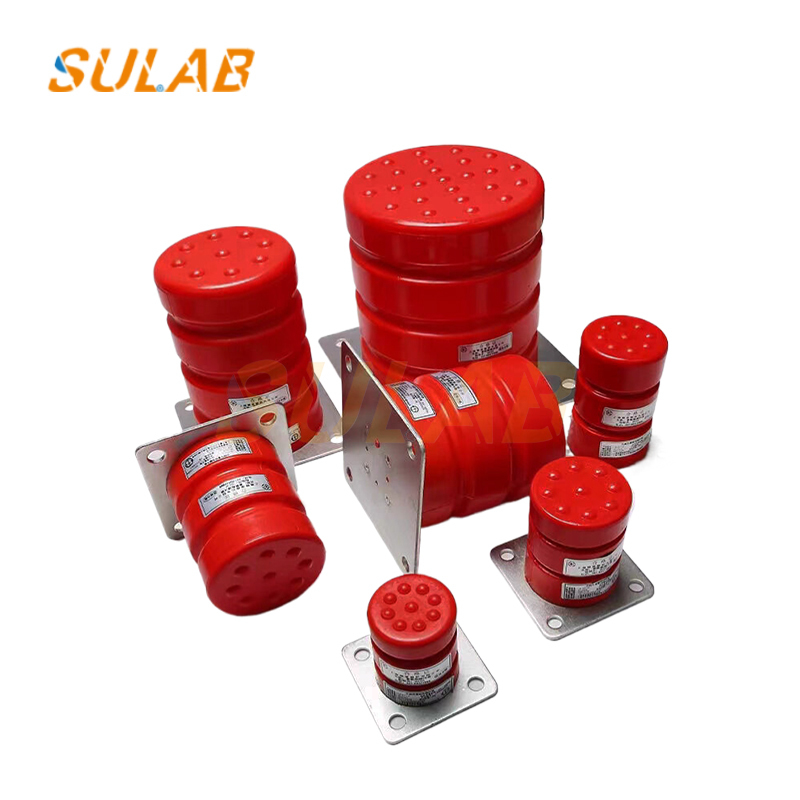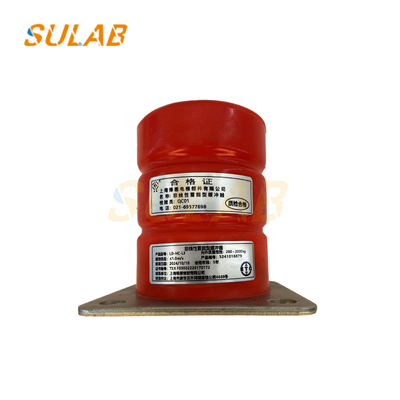
Elevator Parts Elevator Lifting Polyurethane Buffer Elevator Safety Parts Elevator Parts LD-HC-L3
-
Highlight
elevator polyurethane lifting buffer
,elevator safety parts with warranty
,LD-HC-L3 elevator spare parts
-
ItemElevator Parts
-
BrandSULAB
-
ModelLD-HC-L3
-
MOQ1PC
-
TransportionTNT, UPS, DHL, Fedex, Air, Sea
-
PackagesCarton, Wooden Case, Pallet Etc
-
Delivery TimeNormally 3-5working Days After Payment
-
WarrantyOne Year
-
Payment MethodCompany Bank, Western Union, Alibaba, Paypal, Personal Bank Etc
-
Brand NameSULAB
-
Model NumberLD-HC-L3
-
Minimum Order Quantity1PC
-
Delivery TimeNormally 3-5working days after payment
-
Payment TermsL/C,D/A,D/P,T/T,Western Union,MoneyGram
Elevator Parts Elevator Lifting Polyurethane Buffer Elevator Safety Parts Elevator Parts LD-HC-L3
Elevator parts Elevator lifting polyurethane buffer Elevator safety parts Elevator parts LD-HC-L3
Working Principle
Energy conversion: Polyurethane buffers are microporous rubber foam materials, and each micropore is equivalent to a small spring. When the elevator car or counterweight hits the buffer, it transforms the impact kinetic energy into elastic deformation energy through its own deformation and stores it. At the same time, during the deformation and recovery process, hundreds of millions of microscopic molecular chains rub against each other to generate heat, consuming part of the energy, thereby playing a role in deceleration and buffering, and reducing the damage to passengers or goods in the car.
Non-linear characteristics: Polyurethane is a typical nonlinear material, and its stress deformation has hysteresis, and the compression force and compression stroke are not linearly related. This allows the buffer to provide a more appropriate buffering force at different impact speeds and forces, and to provide better protection for the elevator.
| Item | Elevator parts |
| Brand | SULAB |
| Model | LD-HC-L3 |
| MOQ | 1PC |
| Transportion | TNT, UPS, DHL, Fedex, Air, Sea |
| Packages | Carton, Wooden case, Pallet etc |
| Delivery Time | Normally 3-5working days after payment |
| Warranty | One year |
| Payment Method | Company Bank, Western union, alibaba, Paypal, Personal bank etc |
Features
Advantages: Polyurethane buffers are light and easy to install and carry; they are relatively cheap, which can reduce the manufacturing and maintenance costs of elevators; they do not require electrical safety devices to verify their reset, nor do they require regular lubrication and other maintenance work, making them easy to use.
Disadvantages: The performance of polyurethane buffers is greatly affected by factors such as installation level, use environment, maintenance and service life, and they are prone to aging, breakage, falling off, crushing, etc., resulting in reduced safety performance or failure.
Scope of application: Generally applicable to elevators with a speed not exceeding 1m/s, including most home elevators and some low-speed freight elevators.
